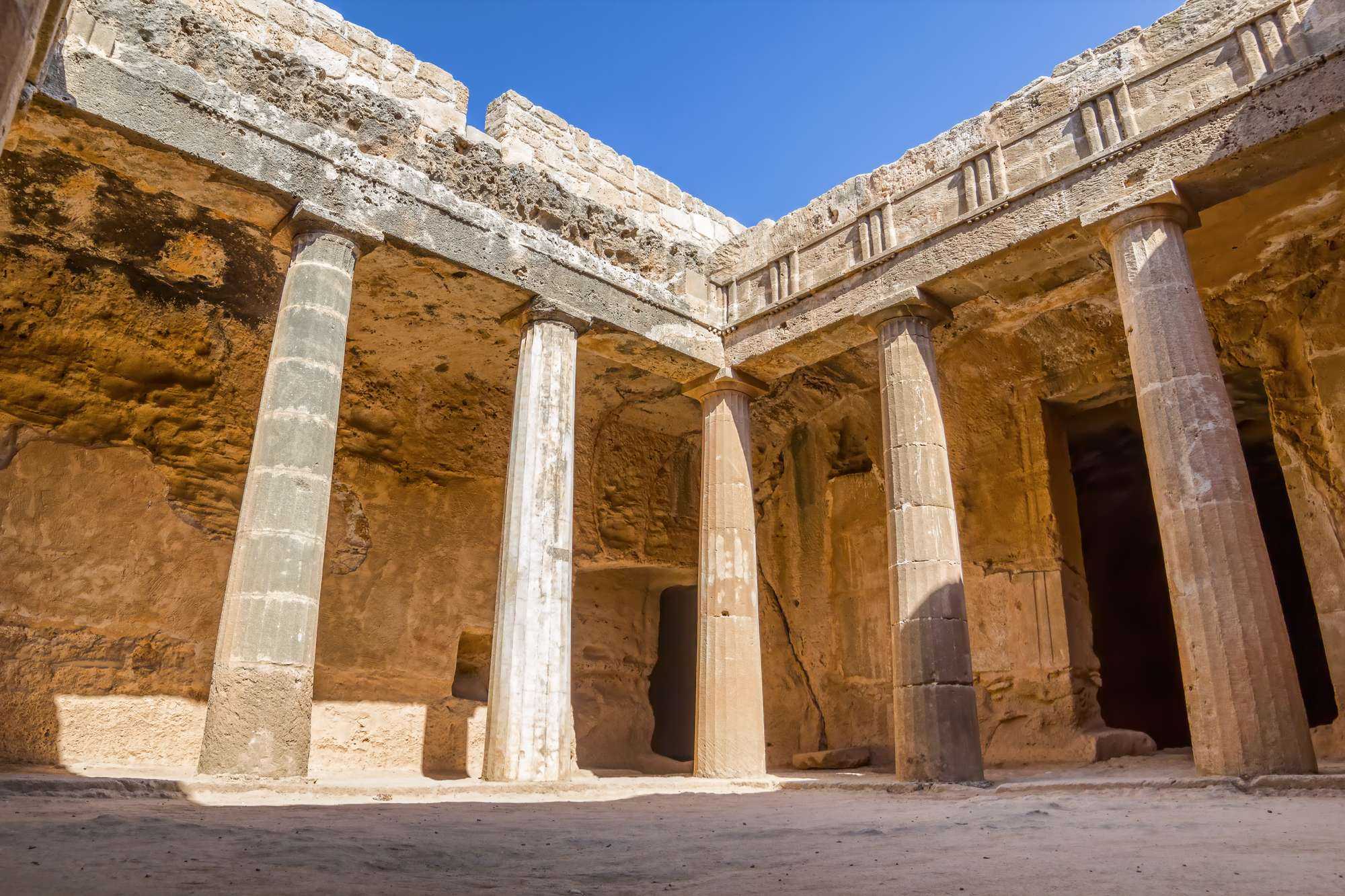BY DAVE RANKIN
“After the death of Tuthmosis the 4th, and his burial in the Valley of the Tombs of Kings, his son by the ‘Great Royal Wife’ Mutemwiya ascended the throne as Amenhotep the 3rd.” These words taken from the book ‘When Egypt Ruled The East’ by George Steindorff and Keith C. Seele begin our next installment in our series.
Amenhotep the 3rd was twelve years old when he took the throne, with his mother as co-regent. He then married two years later to a woman of non-royal lineage named Tiye (sometimes pronounced Tee or Tee-yay). Her importance to the kingdom will be further elucidated in a separate article, which will give her the reverence she deserves. However, generally speaking she wielded great influence as the “King’s Great Wife” due to her strong personality, and family upbringing.
Amenhotep the 3rd commemorated their marriage with a series of ‘khepra’ or scarab statues that were scattered throughout Kemet. I have read that one of these statues has survived and is located in the Oriental Institute Museum in Chicago. Amenhotep’s love for Tiye was so great, he had excavated a lake approximately 6,400 feet in length and 1,200 in width not too far from the west bank of Thebes. We can find a bust of Queen Tiye located in the Berlin Museum and on the cover of Afro-British scholar Robin Walker’s book, When We Ruled.
In the fifth year of his reign, Amenhotep the 3rd conducted his only military campaign against the Akuyata in Nubia. Although details of the campaign are sparse, there was a stelae carved with the following that describes his victory. “The fallen one of vile Kush has plotted rebellion in his heart.” His Majesty led on to victory; he completed it in his first campaign of victory. His Majesty reached them like the wing stroke of a falcon… trampled down all its chiefs in their valleys, they being cast down in their blood, one on top of the other”
Great African scholar Baba Cheik Anta Diop tells us in his work, Civilization or Barbarism, the political strategy of Amenhotep the 3rd. It had changed from that of the past and ‘relations between Pharaoh, vassel princes, and neighboring kings became fraternal, instead of using force.’
According to the Tel al-Amarna tablets, they all began to call each other “brothers.” To culminate this burgeoning relationship, Amenhotep the 3rd married several foreign wives. The first was during his eleventh year of reign when he took the daughter of Suttarna 2nd of Mitanni, Gilu-Kheba. Babylonia followed suit, and Amenhotep the 3rd married both the sister and daughter of Kadeshman-Enlil. There were other marriages, which we may explore in a follow up article. But, as one can expect, these matrimonial alliances were no guarantee to quell any uprisings that took place. It does give us some insight to how these alliances were cemented.
At some point during his reign, Amenhotep the 3rd favored the deity Aton, sometimes called Aten. While there is no evidence to suggest how he came to choose the deity, we do know that it aided his decision to maintain peaceful politics.
This definitely contributed to his downfall, as the ever-growing force of the Hittites were looming. They invaded the North with no retaliation. Something that was unheard of considering the lineage he came from. He was the great-grandson of Tuthmosis the 3rd, the greatest military mind Kemet has seen. Surely, some of that military prowess must have been present. However, this was for naught as Amenhotep the 3rd showed he was a different pharaoh and continued his focus on other areas of Kemetian life.

